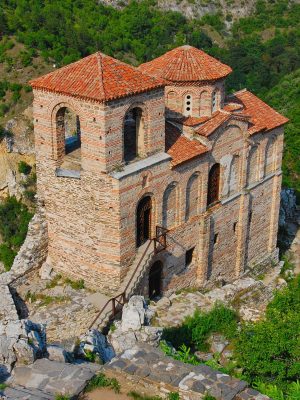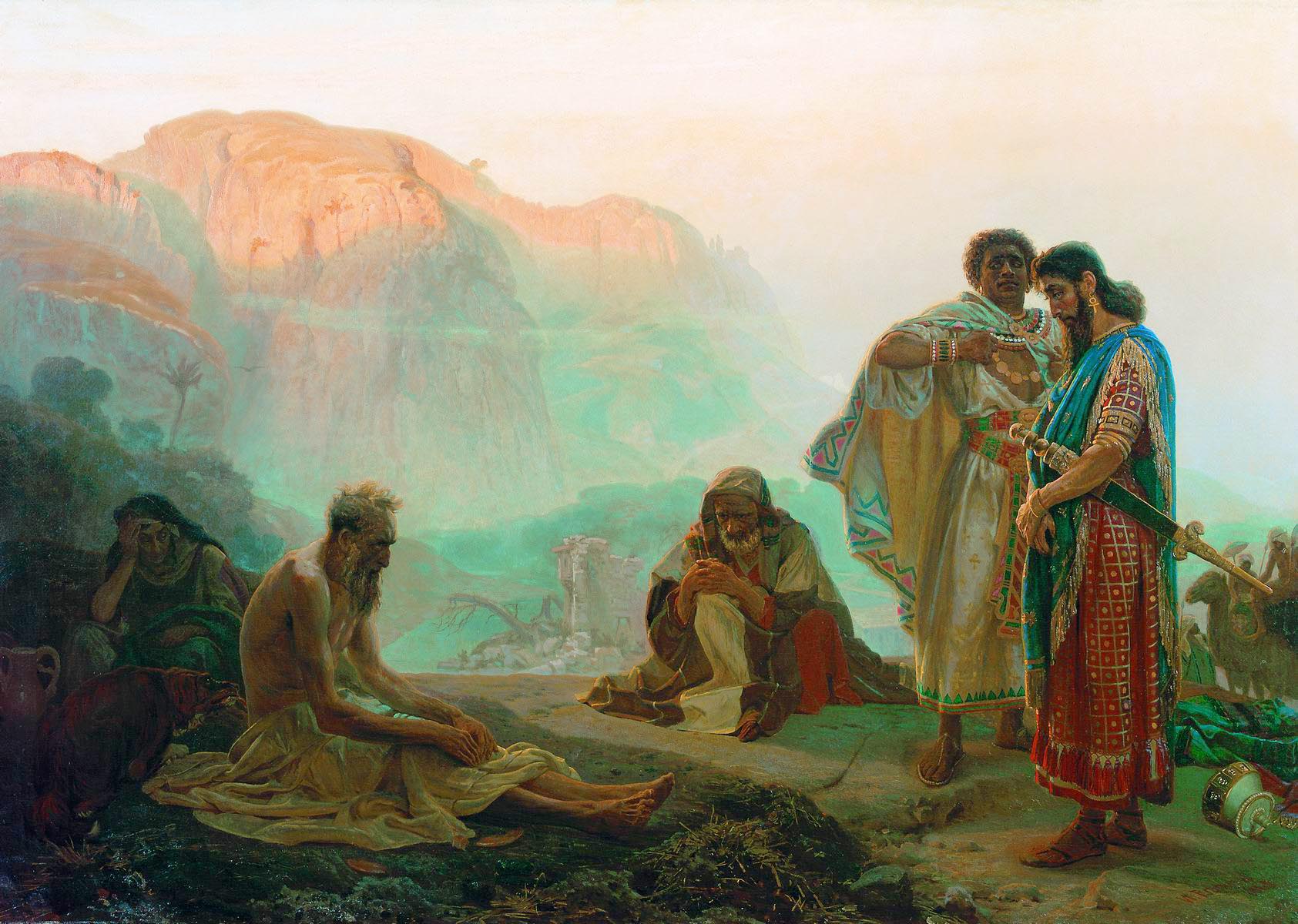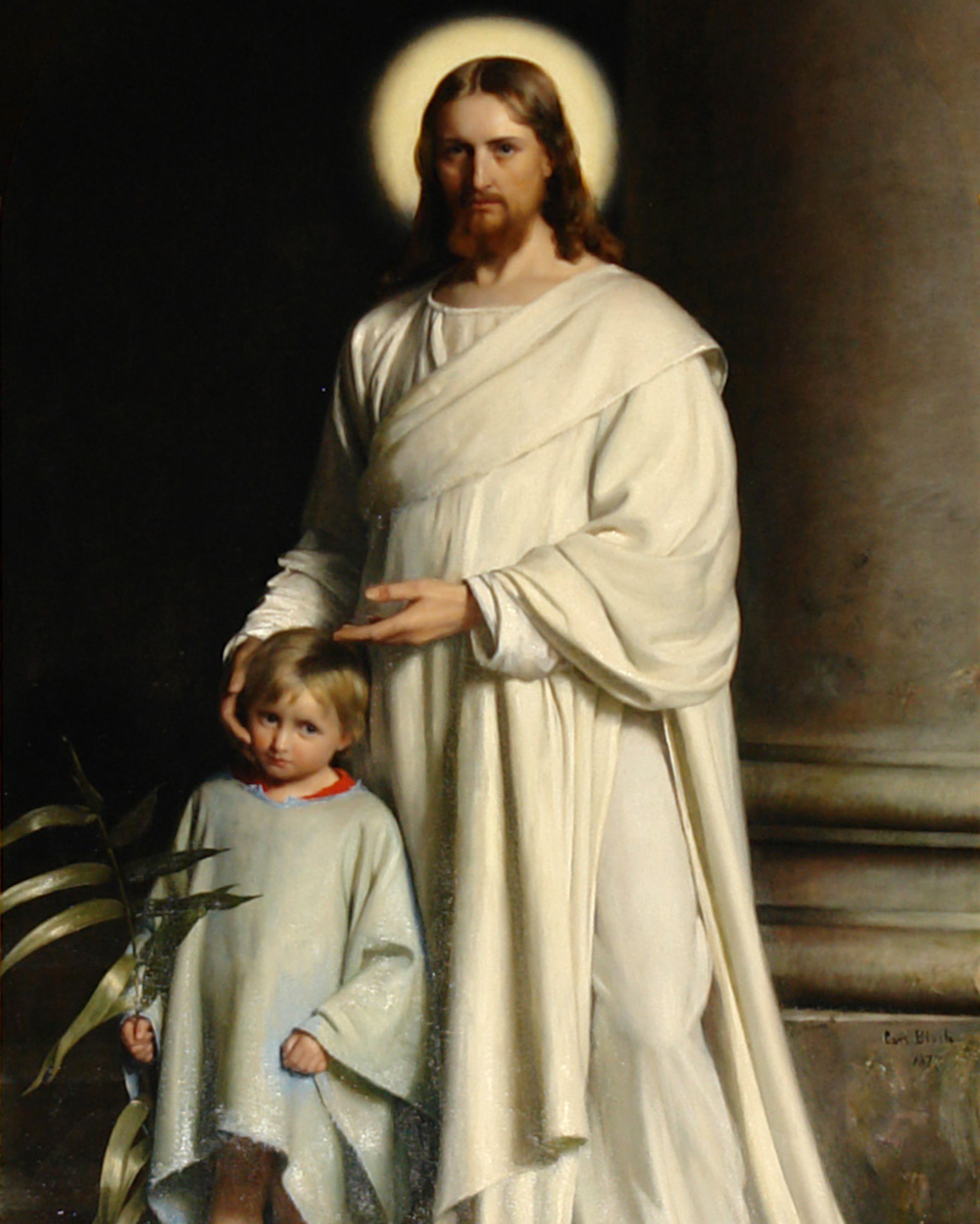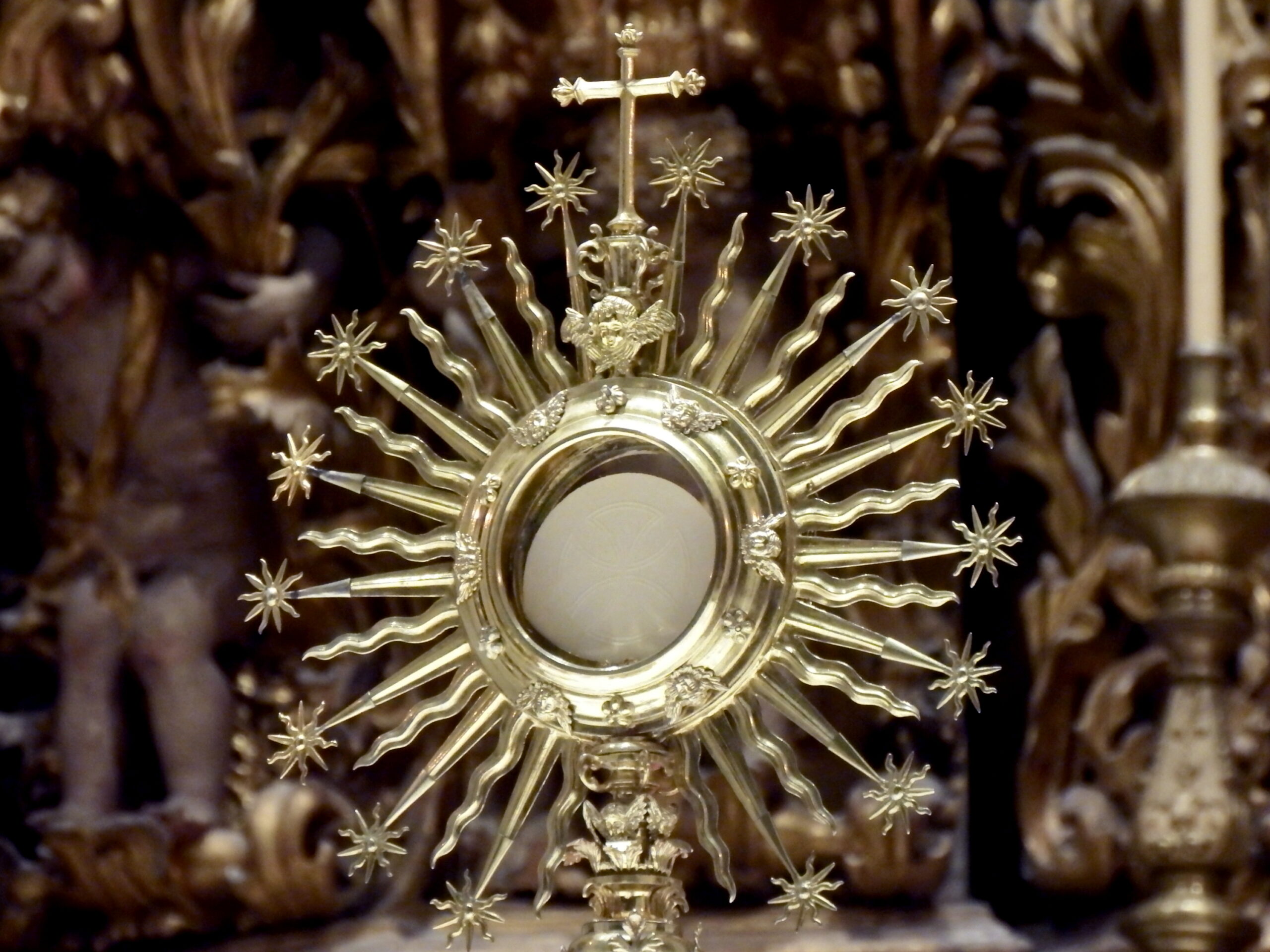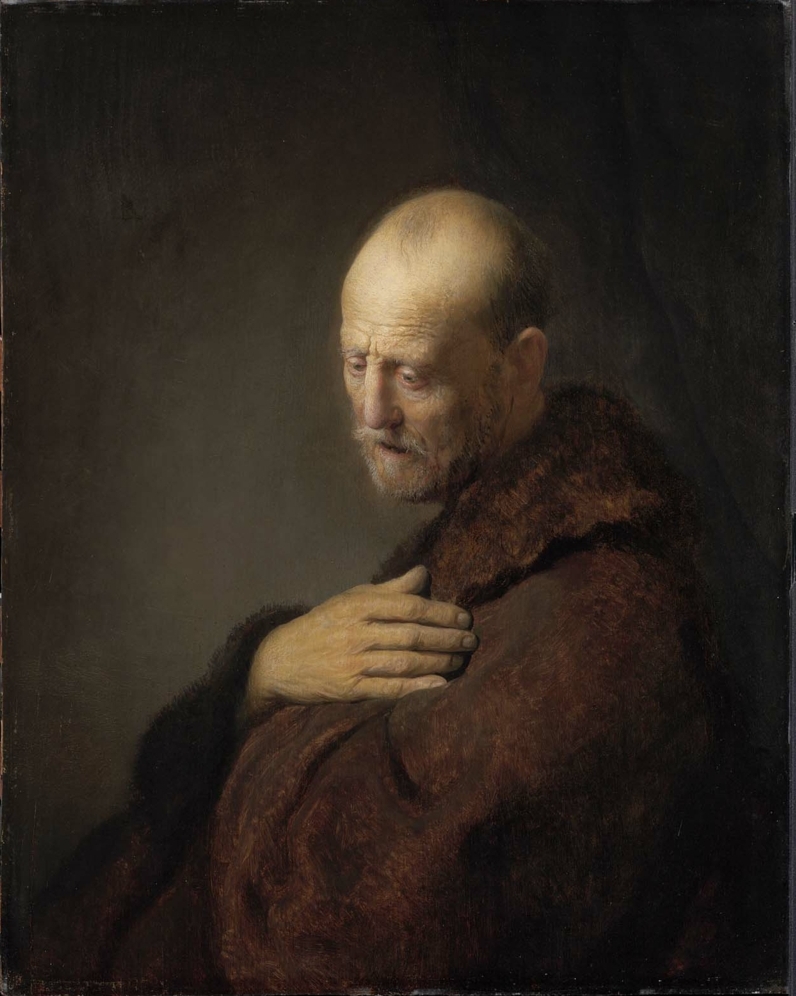Climbing Croagh Patrick in Ireland before dawn. Attending Midnight Mass in Bethlehem under the stars. Standing in the arena under the Mediterranean sun where the martyrs perished in Carthage. Fortunate is the Catholic who can experience pilgrimage, embarking on an extraordinary journey of faith and the personal transformation that comes from penitence and conversion, a potent help to devotion and the development of the interior life.
Pilgrimage Today
In our own day pilgrimage has taken on a special significance, given the fact that the faith of many Christians is strained to a critical point in many places where great numbers have drifted little by little into religious indifferentism. Many people are in need of re-evangelization and reconversion. Pilgrimage can by a key factor for many people, giving them a true experience of spirituality in a spirit of dynamism that is necessary to awaken hearts. Despite the growth of secularization, a religious sense continues to flourish in many communities and parts of the Church, greatly enriched when pilgrimage is revived as part of the lived Catholic experience. Pilgrimage provides an opportunity or starting point for reclaiming the Faith.
It is important to start with a clear definition of terms:
By definition, “Pilgrimages are journeys made to shrines or holy places, in order to practice penance and to perform certain devotions. Such a journey is often the fulfillment of a vow” (Sullivan: The Visible Church, p. 261).
The Catholic Church has always favored and recommended pilgrimages. This is because they are an excellent means of devotion and penance, of consequent purification and spiritual benefit. And especially in this material age of monotony and godless boredom, the pilgrimage experience shines as an expression of faith and religious zeal, an opportunity for human and spiritual growth.
Pilgrimage: More than a Literary or Medieval Concept
Indeed, it can be said far too few Catholics have embarked on a group pilgrimage and many know little of its true sense and its ultimate goal: spiritual conversion. For some the word “pilgrimage” has a medieval resonance, bringing to mind freshman English literature courses on Chaucer’s The Canterbury Tales, with his motley band of wandering pilgrim travelers, visiting old world shrines with glowing lamps and throngs of pious worshipers. In the story, Canterbury is the symbol of the celestial city, of Heaven, and ultimately the end of life. The journey of these pilgrims becomes the allegory of the course of human life, a journey that all living humans have, by necessity, embarked on.
Indeed, pilgrimage is a metaphor for life – Christians are on a journey to God. The narrator, Chaucer, sets the scene. He is himself a pilgrim, staying at a hotel when he encounters 29 travelers on the same journey. He notes that the pilgrims are “sondry” or sundry, meaning they are coming from all walks of life. This is typical of pilgrimage – all Christians in general are called to participate in ways that will vary according to circumstances. The diversity of the pilgrim is like a rich tapestry of souls, each with an incredible past, awaiting the unfolding of their future.
The narrator also describes the pilgrims as “in felawshipe” and “pilgrims were they alle,” emphasizing another important theme of community and commonality.
Indeed, these are the many important experiences common to the pilgrim experience, where new friendships are born, knowledge of peoples and cultures grows, horizons are broadened with new sights to behold, new culinary experiences, new geography and unknown languages.
Good pilgrim spirituality should be accompanied by catechesis, communion with God, time for prayer and Confession, and more, all closely interrelated. These various aspects of the pilgrim experience perform the function of disposing men to receive the action of the Holy Spirit.
This article will address one aspect that stands out: an encounter with metanoia, a call to conversion influenced by an experience of beauty and transcendence.
What is Metanoia?
For many Catholics the word metanoia is new to their vocabulary. To understand the meaning of this word is to grasp the essence of pilgrimage. Metanoia is from the Greek metanoein, to “change one’s mind.” It means to change one’s way of life, a state of being resulting from penitence or spiritual conversion.
Being converted means, for Catholics, seeking again the pardon and strength of God in the sacrament of Confession, and thus always beginning anew. Being converted means, “To pray continually and never lose heart” (Lk. 18:1). In a certain way prayer is the first and last condition for conversion, spiritual progress, and holiness. Metanoia must always link payer with continuous work upon ourselves. This formation is interior (directed towards the deepening of the person’s spiritual life), and must also be intellectual (learning the Faith).
The personal prayer born from metanoia stands out as it reflects great meaning and mission. In the words of Pope John Paul II:
“Prayer likewise enables us continually to rediscover the dimensions of that kingdom for whose coming we pray every day, when we repeat the words that Christ taught us. Then we realize what our place is in the realization of the petition: ‘Thy kingdom come,’ and we see how necessary we are in its realization” (Teaching the Catholic Faith Today, p. 292).
For many pilgrims, what will help to bring about this metanoia or conversion is a direct encounter with beauty and the transcendental spiritual realm.
The Role of Beauty
St. Thomas Aquinas defines the beautiful in the first part of the Summa, where he provisionally calls it “that which pleases when seen.” For many modern people their pilgrim experience is akin to a first introduction to spiritual beauty. Many of them have, for the first time, a spiritual encounter, even if they do not recognize it.
Other pilgrims who are more advanced in the interior life are led to deeper spiritual experiences.
The role of beauty for all people in their journey of faith cannot be underestimated. Catholic pilgrimage destinations are places of rare beauty that allure the soul. This includes not only the experience of the beauty of God and his mercies, but also beauty seen and felt in art, architecture, song, sermons, friendships, and other encounters. Catholic art and architecture embody human universals which appeal to the imagination and mystify the pilgrim. Beautiful things are pondered in these new places.
While modern society abounds in fantasy objects, offering surrogate fulfillment to innate human desires, art and beauty are a way of transporting the viewer into heavenly regions. This allows the viewer to gaze upon a holy site under the aspect of otherworldliness and eternity. This tangible beauty becomes an object of contemplation, reflecting the ultimate beauty of God.
Christians recognize that the beautiful and the sacred are part of a spiritual experience, adjacent to the soul’s thirst for God. Through the experience of beauty the pilgrim feels an enhanced sense of belonging. The pilgrim perceives that in a world that makes room for such things, there is room for the visitor – he has come home. The pilgrim finds solace in the contemplation of beauty. A place like St. Peter’s Basilica in Rome comes to mind. It has symmetry, unity and form, grandeur and expansiveness, perfection of form, and intricate harmony of detail. All of this speaks of an eternal order that lies deep within the human soul, a powerful reflection of the presence of God.
To be continued…
